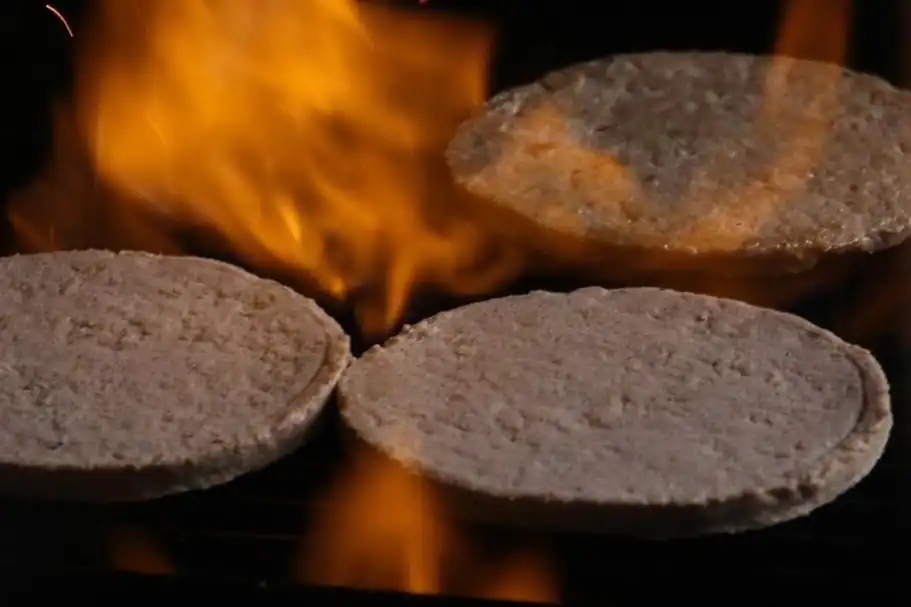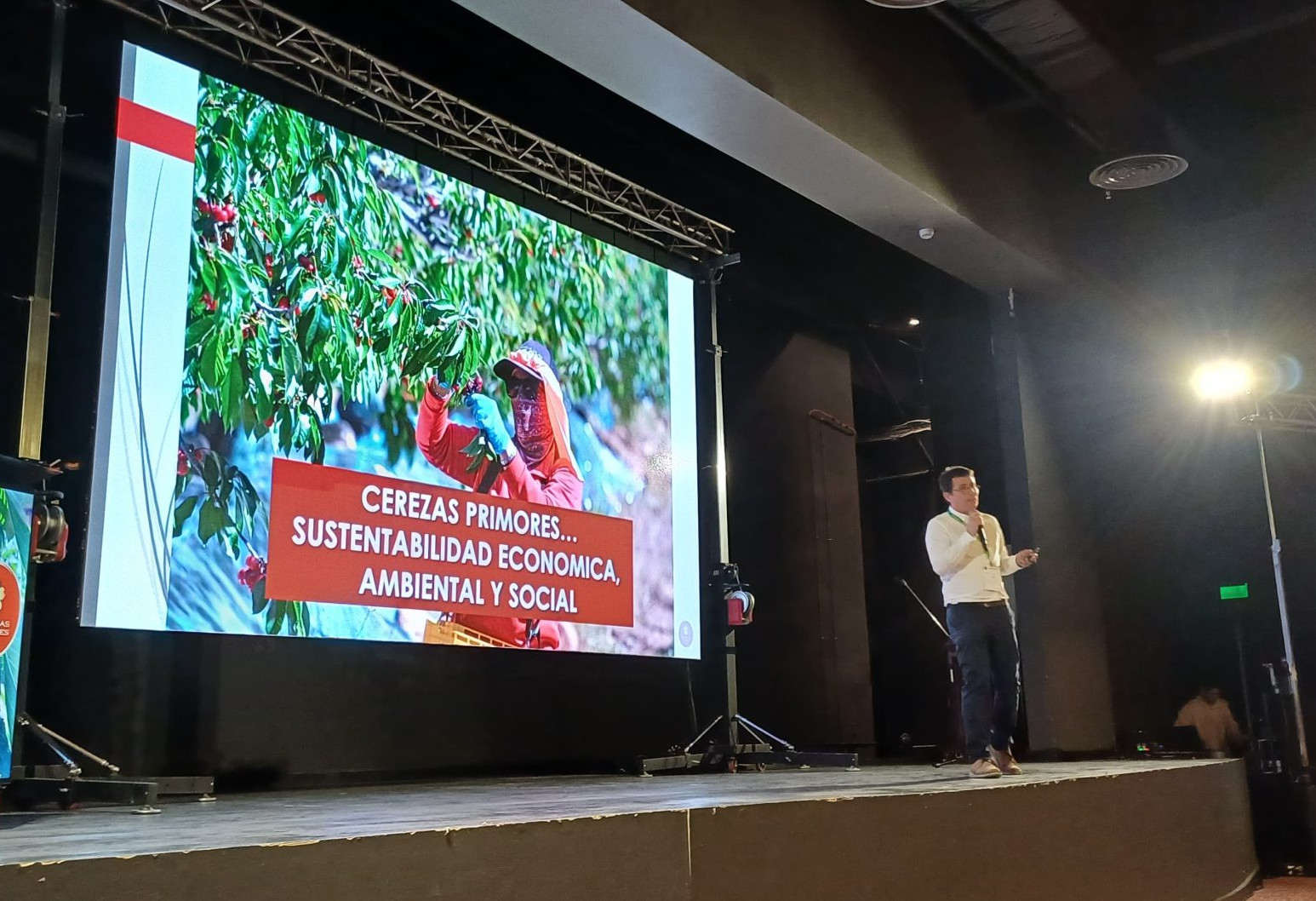Stone fruits are a group of fruit-bearing plants that include peaches, plums, cherries, apricots, and almonds. These species, widely cultivated and economically significant, require careful management, particularly regarding nitrogen fertilization.
Among macronutrients, nitrogen (N) plays a fundamental role in leaf development, photosynthetic capacity, and the formation of sugars and carbohydrates essential for fruit growth. However, managing this element requires extreme care to avoid deficiencies, which can compromise crop quality, and excesses, which can negatively affect fruit texture and flavor, increase disease risks, and raise costs.
An important aspect of nitrogen management is its interaction with soil organic matter, which influences its dynamics. For example, an increase in soil organic matter can potentially enhance nitrogen availability for microorganisms and plants.
Nitrogen is remobilized from senescent leaves to the plant’s reserve organs, such as roots, trunk, and branches. This process, typical of deciduous species, occurs in autumn and allows nitrogen to be stored for later use in spring when the plant resumes growth.
This mechanism is particularly crucial during the early stages of the vegetative cycle, when low soil temperatures limit nutrient uptake by roots. Under these conditions, accumulated reserves provide the necessary nutrients for shoots, leaves, and flower development.

Nitrogen fertilization impacts key production aspects, such as fruit quality. Moderate doses promote greater sweetness, firmness, and fruit size, while excessive amounts can compromise quality, reducing pulp firmness and sugar content and increasing susceptibility to diseases and aesthetic defects (e.g., poor coloration). To prevent these issues, it is essential to monitor the plant’s nutritional status, for instance, through leaf analysis.
Applying nitrogen at specific times, such as in summer or autumn, has proven more effective than winter applications. This approach also limits leaching risks and optimizes nutrient availability during periods of highest demand. Combining nitrogen with other nutrients, particularly potassium, can enhance benefits by optimizing both fruit quality and shelf life.
Foliar application of nitrogen can also be effective, especially when integrated with soil fertilization. However, the efficiency of this practice depends on several factors, including the thickness of the leaf cuticle, environmental conditions, and timing of application. Soil application is generally preferred for providing a prolonged nitrogen supply, while foliar application and drip fertigation can be used for more targeted and immediate supplementation.
Finally, based on studies conducted, the optimal nitrogen dosage for stone fruits generally ranges between 60 and 130 kg/ha/year. In modern agriculture, nitrogen management represents a priority.
Monitoring the nutritional status of plants is essential to improve productivity and crop quality while simultaneously reducing environmental impact. Adapting practices to the varieties specific needs and local conditions is fundamental for efficient and sustainable stone fruit cultivation.
Source: Chawla, R., & Kumar Sharma, S. (2024). Nitrogen fertilization of stone fruits: a comprehensive review. Journal of Plant Nutrition, 1-41. https://doi.org/10.1080/01904167.2024.2405990.
Images: SL Fruit Service
Andrea Giovannini
University of Bologna (IT)
Cherry Times - All rights reserved













